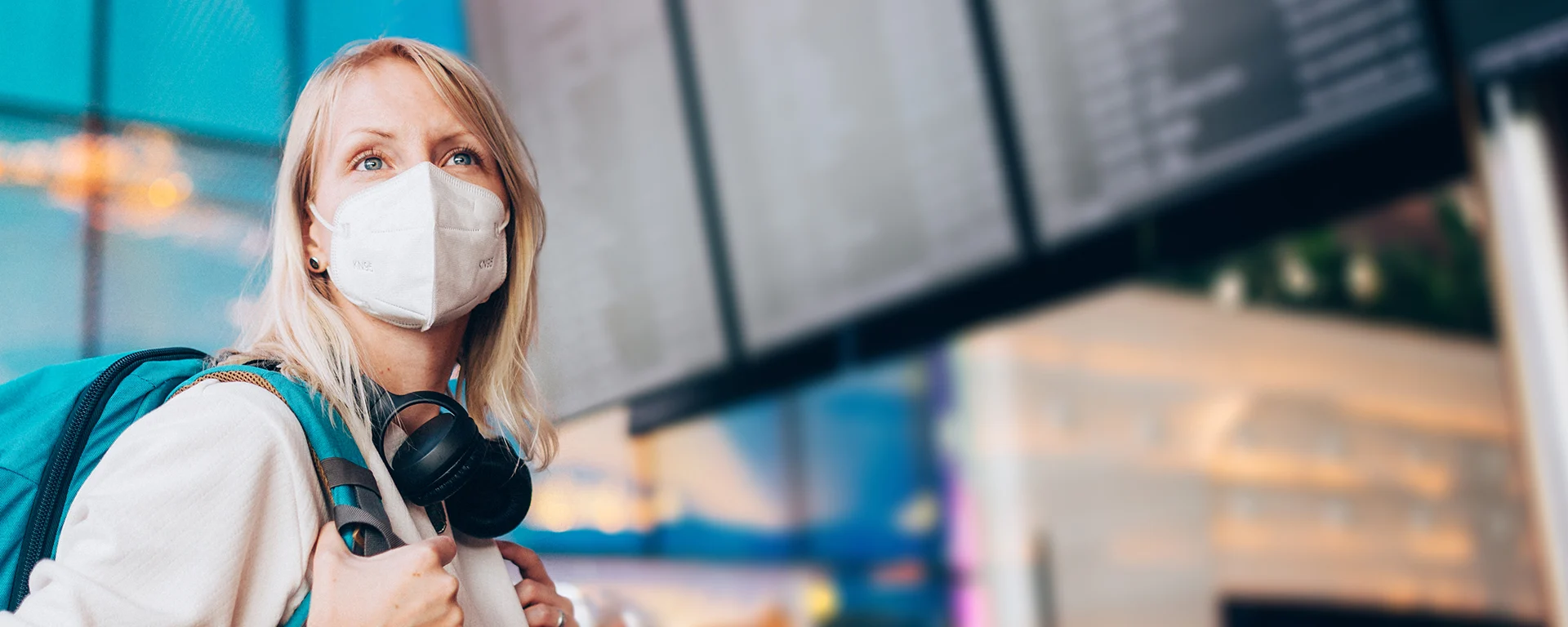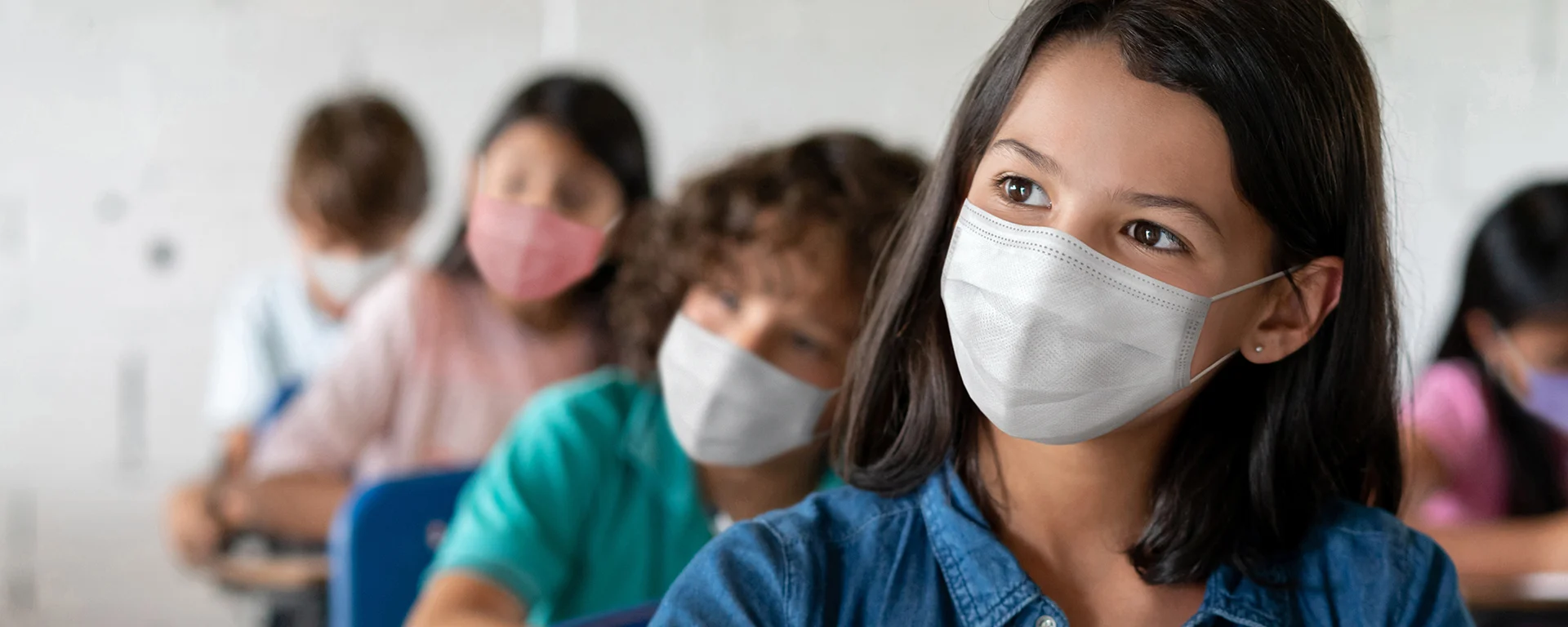Spring Break 2023
Let’s keep it fun and COVID-free.
The mercury is creeping up. There’s still some daylight on your drive home at the end of the day, and life feels like it’s pretty much back to normal — including spring break, in all its out-of-the-routine madness. But while the emergency phase of the COVID pandemic seems like it's in our rear-view mirror, the virus isn’t going away.
Maybe you have modest plans while the kids are home from school or maybe you’ve got a big trip booked. Either way, a few simple precautions can help you take a break and return to your normal routine without any COVID complications.
Travel smart
On a recent vacation flight, I was surrounded by people who were coughing. I had my N95 mask on, but still, it was more than a little annoying — and worrying. Recent research on airplane wastewater found that 96% of flights surveyed had passengers who were shedding the virus. And while planes have really good air-filtration systems, those systems work only while the planes are flying. When you’re on the ground, those tiny cabins with lots of people sharing the same air for a long time are perfect places for respiratory viruses like COVID, flu, and RSV to spread. I didn’t want to spend my vacation sick.
So if you’re traveling for spring break, think carefully about your exposure risks at each step. Have fresh masks ready (KN95 or better) and make sure you’re up to date on your vaccinations before you go. If you or anyone in your party feels symptoms or has been exposed to someone COVID-positive in the days before you depart, take rapid tests and make the right decision with those results. (Remember that you need to take at least two tests, 48 hours apart.)
If you’re flying, see our story on making that trip safely. Hitting the road? We have guidance for that, too. Visiting with friends or family? Don’t invite COVID.
See all our advice on traveling in a world with COVID
Keep the kids safe
The kids deserve a COVID-safe break too. That starts with vaccines, which have been available for children under five since last summer. If your kids haven’t received the most recent booster yet, now’s the time.
Have teens or younger ones who plan to hang out with their friends? Check out our advice on parties. Everyone will have more fun and breathe easier (pun not intended) if they feel safe.
And don’t forget, COVID is still a serious threat for anyone whose immune system doesn’t work properly. The daughter of a good friend of mine recently had a kidney transplant. For their family, it’s still April 2020 as far as COVID vigilance is concerned, because an infection can be fatal. Don’t send your kids back to school if they test positive or are showing COVID symptoms (or flu or RSV symptoms for that matter!). Your kid might be okay, but someone in their classroom might not be.
Return to work responsibly
Fast forward a little: Spring Break ’23 is in the books, hopefully you have some happy memories and got a little extra rest. Make sure your return to work is safe and smooth.
See our advice on returning to the office, to the shop floor, or to your service or retail work. Remember, many people around you will be in the same situation…but might not have made the same choices about COVID safety!
…and if you do think you’re sick…
Test yourself at least twice, about 48 hours apart, with a test kit that’s not expired. Need fresh test kits? Tests are still free or subsidized at least until the end of the national public health emergency on May 11. Here’s how to get more tests.
If you test positive, you should isolate yourself. If you’re at high risk for serious complications, find out right away if you can get treatment. Don’t wait! The medication needs to start within five days of when you first feel symptoms. And it really works—if you’re high-risk, treatment cuts your risk of going to the hospital in half.
No matter whether your result is negative or positive, you can help improve America’s public health by reporting your result. A positive result could be part of a COVID surge…and a negative result could help warn public health teams that a different illness is going around.
Don’t forget what’s in your COVID toolkit
We’ve all seen this movie now…but don’t let familiarity with COVID let you forget the basics. Our recap of COVID safety tips will keep you up to date. Now get ready to party — or to stay home and relax — and let’s carry on into a happy and COVID-free spring!






